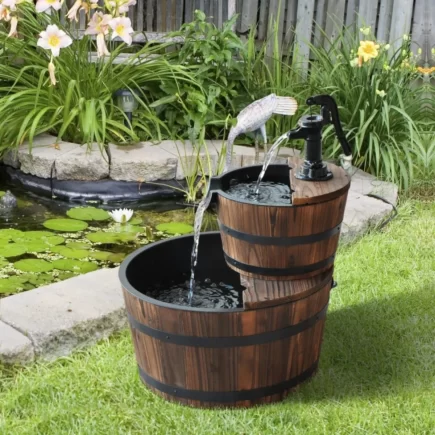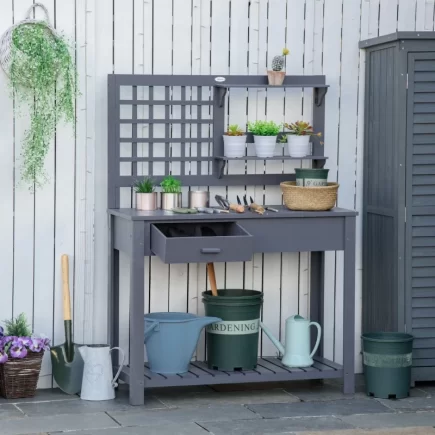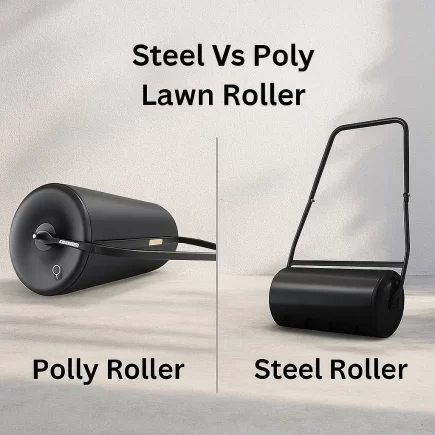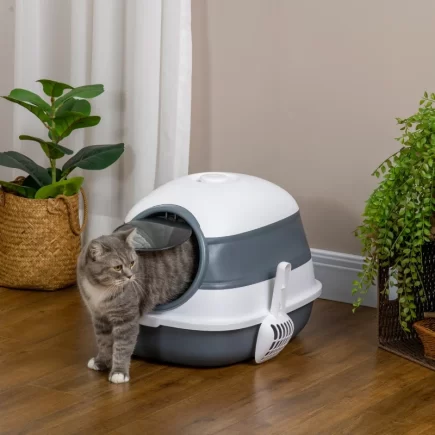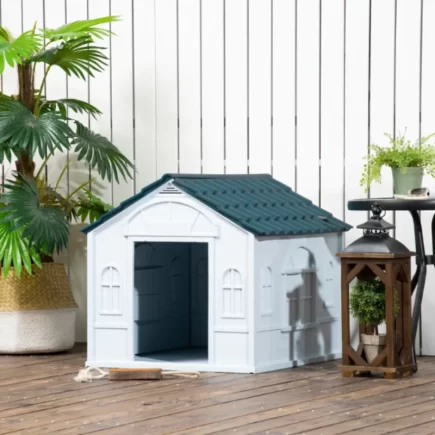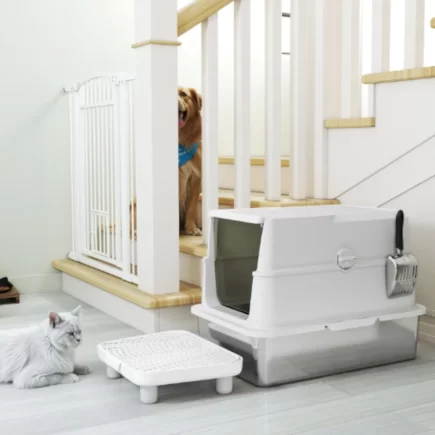Pantry pests are more than just a nuisance. They can compromise the cleanliness and safety of your food storage, leading to contamination and potential health risks. Whether you’re dealing with flour moths, weevils, or beetles, it’s essential to know how to tackle the problem efficiently.

In this article, we’ll explore expert-backed methods for effectively getting rid of pantry pests and preventing future infestations.
1. Identify the Pest
Before jumping into solutions, the first step in effectively combating pantry pests is to identify the type of pest you’re dealing with.
Common Pantry Pests
| Pest Type | Description | How to Identify |
| Flour Moths | Small, light brown or gray moths that lay eggs in dry food products. | Webbing inside food packages, small moths flying around. |
| Weevils | Tiny, reddish-brown or black insects that infest grains, rice, and flour. | Small holes in food packages, insects in stored grains. |
| Beetles | Small, dark-colored insects, commonly found in dried fruits and nuts. | Dark-colored bugs in dried food items, visible larvae. |
| Indian Meal Moths | Small, dark-colored moths, a type of pantry moth that feeds on grain. | Moth larvae, clumping grains, webbing in food packages. |

Most pests like flour moths, weevils, and beetles infest dry food, some may target grains, cereals, or even dried fruits.
2. Clean Thoroughly
A thorough cleaning is a critical first step in eliminating pantry pests. A clean pantry eliminates potential breeding grounds for pests and helps you detect the source of the problem.
Cleaning Steps
- Empty the Pantry: Take everything out of your pantry to inspect for signs of pests and food damage.
- Vacuum All Surfaces:Use a vacuum cleaner with an extension nozzle to clean the shelves, corners, cracks, and crevices. Pay attention to small spaces where food particles tend to accumulate. This will help remove any pest eggs, larvae, or food debris.

- Clean with Soap and Water: After vacuuming, wipe down the shelves with a mixture of soap and water. This helps remove any remaining residue and eliminates pest scent trails that might attract other pests.
- Focus on Shelving Units and Containers:If you use wire shelving or wooden shelves, ensure that they’re thoroughly wiped down to remove any lingering eggs or larvae.
By giving your pantry a deep clean, you remove the food sources that attracted pests in the first place and create an unappealing environment for them.
3. Dispose of Infested Items
One of the most important steps in eradicating pantry pests is to remove infested food. Pests lay their eggs in dry foods, and if left unchecked, they’ll continue to breed.
How to Dispose of Infested Food
- Look for Signs of Infestation
Check food packages for visible insects, webbing, or holes. Infested items will often show evidence of the pests, such as clumping, strange odors, or insect movement. - Dispose of Infested Items Immediately
Throw away any food that’s showing signs of contamination. Don’t try to salvage or clean it – pests are often hidden deep inside packaging, and contamination may have already spread.

- Don’t Forget the Packaging
Often, pests can live inside packaging even if the food appears unaffected. So, check the packaging and discard any torn or damaged bags or boxes that might harbor pests.
Foods Commonly Affected by Pantry Pests
| Food Type | Common Pests | Signs of Infestation |
| Flour | Flour moths, weevils | Webbing, clumping, holes |
| Grains (Rice, Quinoa) | Weevils, beetles | Small holes, larvae inside |
| Nuts and Dried Fruit | Beetles, Indian meal moths | Bugs, larvae, visible webbing |
| Cereals | Flour moths, weevils | Insects, clumps of food |
After disposing of infested items, you can proceed with sealing the remaining food in airtight containers to prevent reinfestation.
4. Use Natural Repellents
Incorporating natural repellents can be an effective way to keep pantry pests away. Many of these repellents can be placed directly in the pantry without affecting your food.
Natural Repellents to Use
- Bay Leaves:
Bay leaves have a strong scent that pests dislike. Place a few bay leaves in your pantry, especially in storage containers, to deter moths and beetles.

- Cloves:
Like bay leaves, cloves are another natural deterrent. You can place a few in small mesh bags and hang them in your pantry. - Cedar Chips:
Cedarwood naturally repels insects and can be used in pantry storage areas to discourage moths and other pests.
5. Store Food in Airtight Containers
After cleaning and discarding infested food, it’s crucial to store all remaining food in airtight containers. This step prevents pests from gaining access to your food in the future.
- Prevents Access:
Airtight containers create a barrier that keeps pantry pests out, ensuring your food remains safe.

- Keeps Food Fresh:
These containers also help keep your food fresh for longer by preventing moisture and air from spoiling your supplies.
6. Use Insecticide Spray for pantry
How to Use
- Shake Well: Before using pantry insecticide spray, shake the bottle thoroughly.
- Spray on Surfaces: Apply the insecticide to pantry shelves, cracks, and crevices where pests hide. Do not spray directly on food.

- Allow to Dry: Let the treated surfaces dry completely before reintroducing food into the pantry.
- Regular Application: Reapply if necessary, especially after cleaning the pantry.
Benefits
- Food-Safe: Specifically designed for use in food storage areas, ensuring safety when used correctly.
- Effective Pest Control: Eliminates common pantry pests like moths, weevils, and beetles, providing a quick solution.
7. Inspect New Purchases
Before bringing new food into your pantry, it’s essential to check the packaging for signs of pests. Inspect new products thoroughly to ensure they’re pest-free.
- Look for Holes or Damage:
Examine food packaging for holes or tears that could indicate pest infestation. - Check for Clumping:
Flour, rice, and cereal should not have clumps or unusual textures that suggest pest activity. - Examine Packaging:
Make sure the packaging is sealed correctly and hasn’t been tampered with in any way.
8. Maintain Regular Pantry Inspections
To ensure your pantry remains pest-free, make regular inspections a part of your routine. Early detection can prevent a small issue from becoming a major infestation.
Inspection Tips
- Check Monthly:
Inspect your pantry for signs of pests every month to catch any early signs of infestations. - Look for Webbing or Insects:
Webbing, clumped food, or insects crawling around are clear signs of an infestation. - Monitor Storage Containers:
Regularly check the contents of sealed containers for any signs of damage or pest activity.
Getting rid of pantry pests requires a comprehensive approach that includes identifying the problem, cleaning thoroughly, and using preventive measures. By following these expert tips and incorporating airtight containers, natural repellents, and regular inspections, you can protect your pantry and food supplies for the long term.
At Aosom, we offer a variety of Pantry Storage solutions to help keep your food organized and secure. With the right strategies in place, you can eliminate pantry pests and maintain a safe, pest-free environment in your kitchen.
FAQs
1. How do I know if the food in my pantry is still safe to eat after an infestation?
If your food shows signs of infestation, such as visible bugs, webbing, or unusual clumping, it’s best to discard it. Even if food appears unaffected, it’s advisable to check for small holes in packaging that might allow pests to infiltrate.
2. Should I use shelf liners in my pantry to prevent pests?
Shelf liners don’t directly repel pests, but they can make it easier to spot crumbs, spills, or droppings allowing for quicker cleanup and pest detection. Use washable liners for best results.
3. Can pantry pests affect the quality of packaged food even if the packaging looks intact?
Yes, pantry pests can sometimes infest food even if the packaging appears undamaged. It’s essential to check all food items carefully, including new products, to ensure there are no hidden pests inside.















